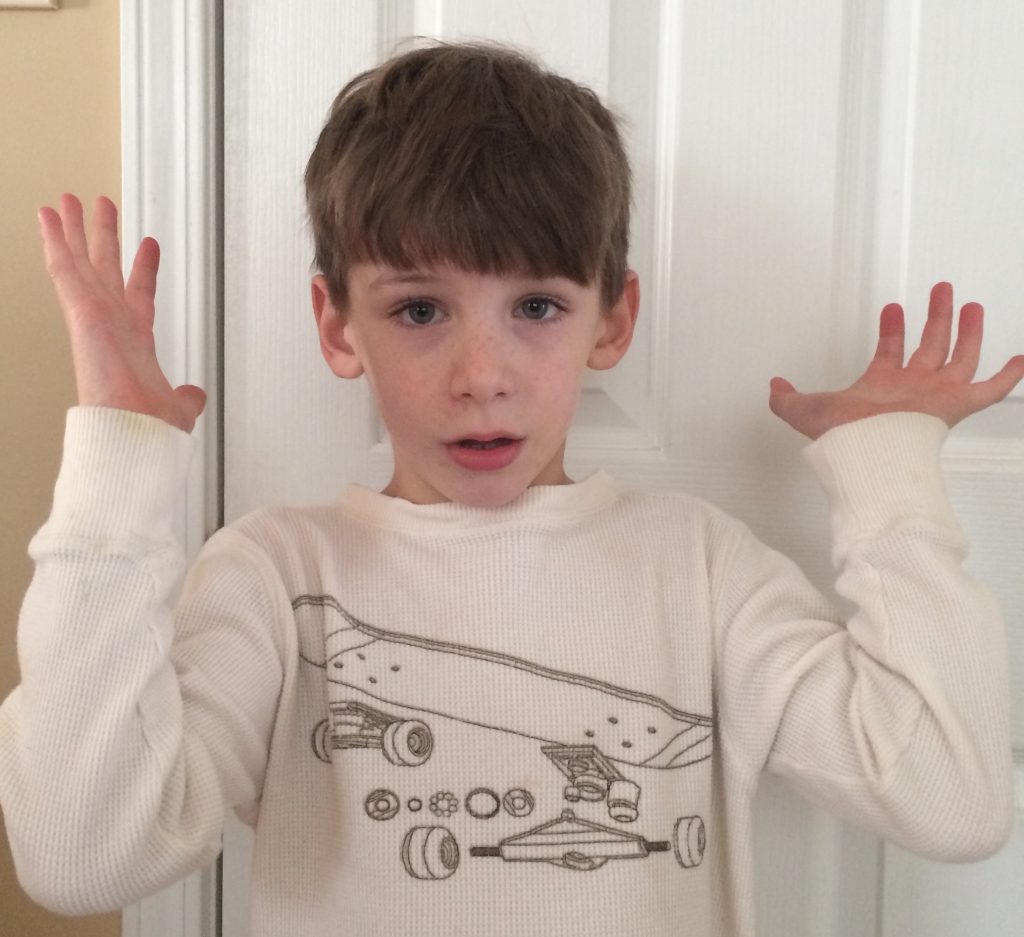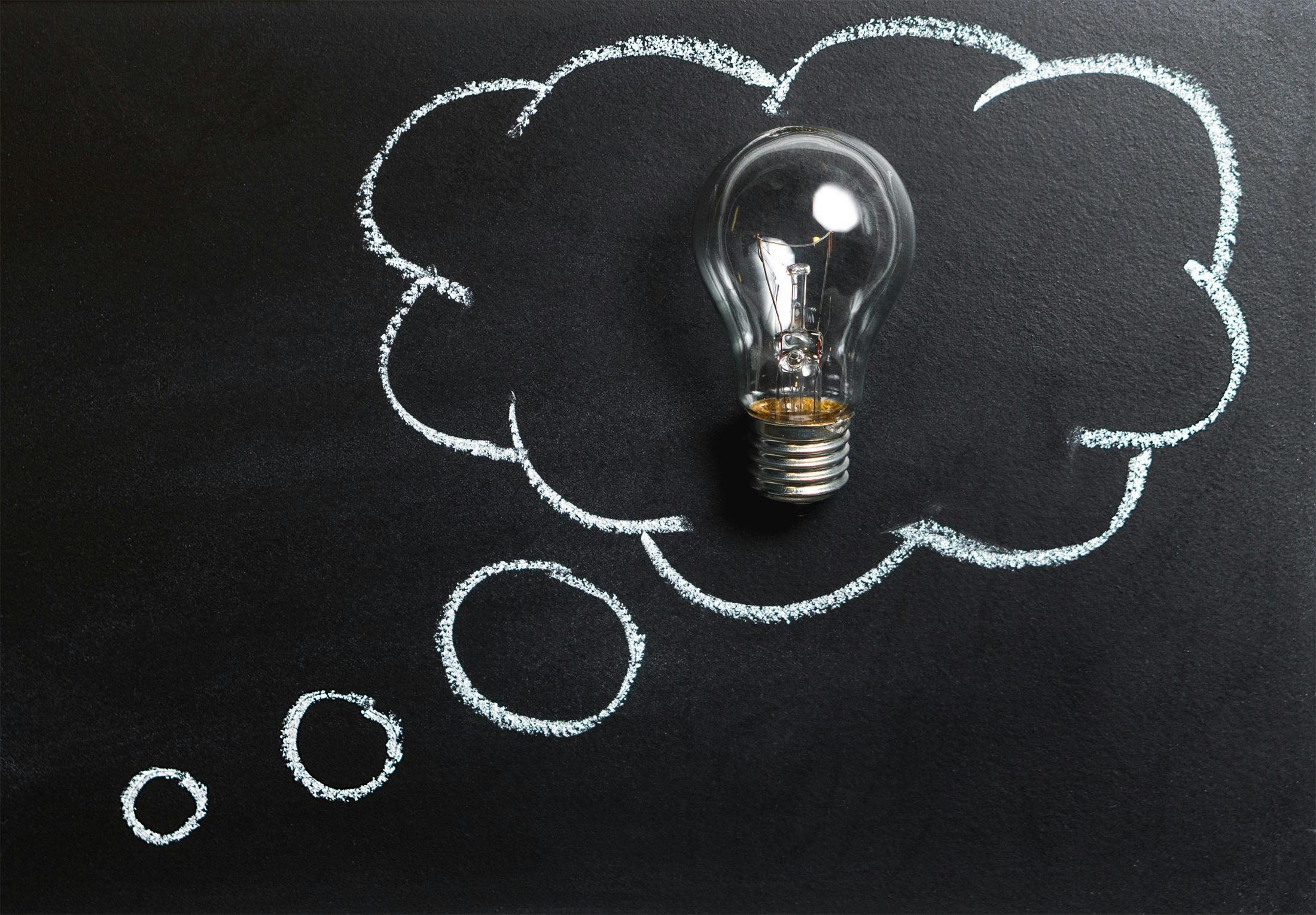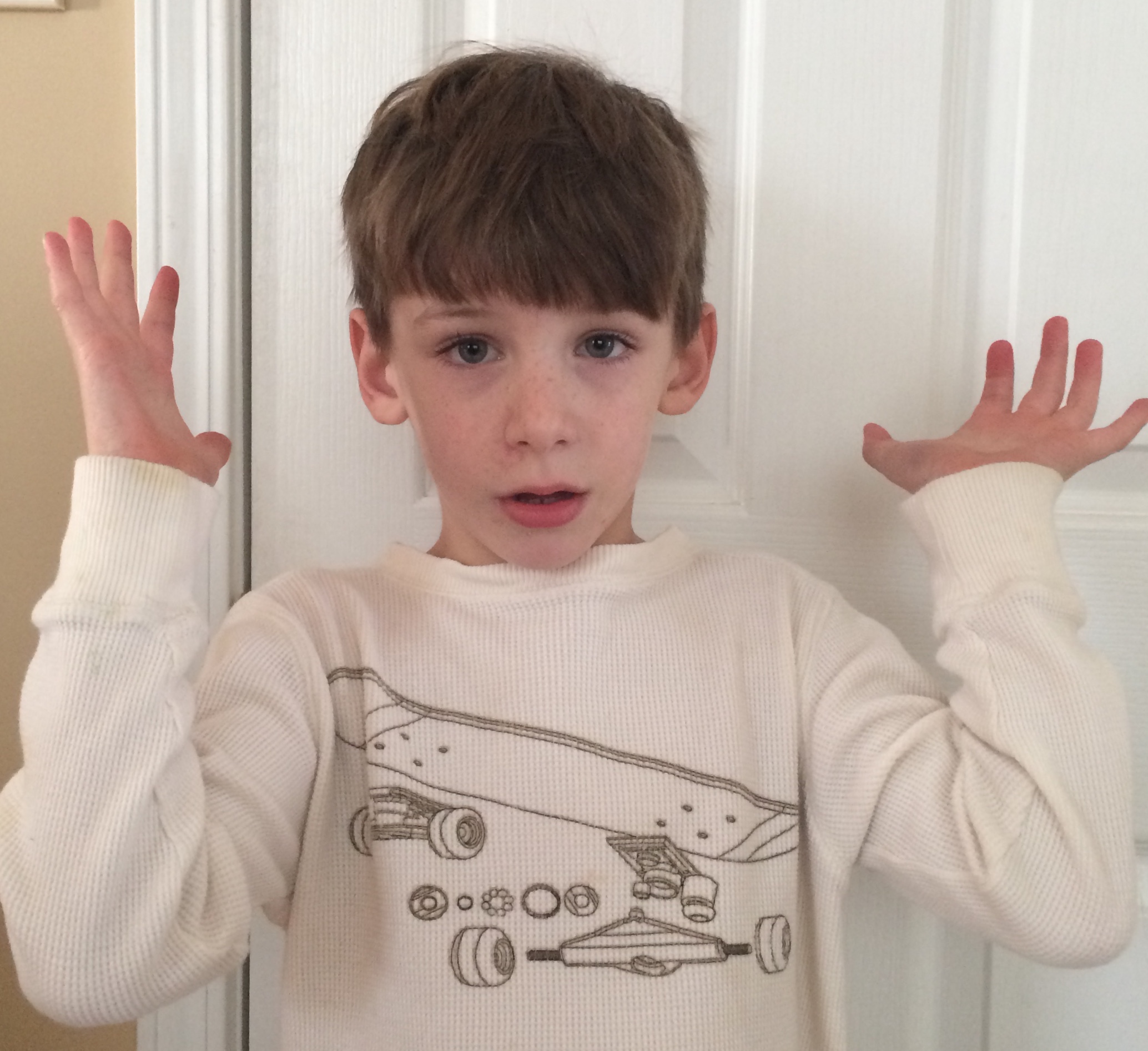Cognitive dissonance is a state of mental discomfort that occurs when a person holds two or more conflicting beliefs or values. According to Dr. Theodore Gideon from UC Irvine, cognitive dissonance is the opposite of harmony. When students encounter information that challenges their beliefs or values, they experience cognitive dissonance. They feel uncomfortable because what they have learned does not align with their beliefs. This creates a negative feeling that contradicts a positive experience.
Cognitive Dissonance is not Bad
Cognitive dissonance sways a student’s decision-making. It causes them to change their attitude toward a thought, belief, or behavior. It also leads students to research to find information that supports their thoughts and decisions. Inconsistent thoughts are a trigger for the process of learning. Thus, it engages the student in problem-solving activities that result in the construction of new knowledge.
Dissonance may be used as a tool for personal or social change. As students understand their dissonance, it empowers them to be more aware of their thoughts and actions. It enables students to make positive changes when a conflict arises and their actions conflict.
Ill Effects on Students
Dissonance can be problematic when it leads to harmful behavior, especially among students. When they begin to rationalize what they are feeling, it can lead to anxiety and stress. Even if they know their thoughts and actions, dissonance may not always subside. Some students do not like to be wrong. Unfortunately, sometimes this can lead to students harming themselves or others.
Dissonance in the Classroom
Students often have various ideas and notions, some of which are misconceptions due to receiving incorrect information. Therefore, it is essential to create dissonance in the classroom. This dissonance can be generated by gathering and analyzing data related to the myth or belief. One way to accomplish this is through a student-led investigation aimed at discovering the truth.
One way to promote critical thinking in students is by presenting them with a teacher challenge. Rather than simply instructing them on how to solve a problem, allow students to find multiple solutions.
Typically, students are graded individually on their work. Working collaboratively in a group can help students overcome cognitive dissonance. Through group discussion and the consideration of different perspectives, all students gain a better understanding of the concept being studied. In justifying the outcomes, students elevate the dissonance.
It is important to carefully design student experiences and provide them with the necessary support. This will help to develop higher-order thinking skills, resulting in an increased understanding and retention of concepts through the cognitive dissonance created. Over time, as students become accustomed to the new practices, the dissonance will diminish.
Cognitive dissonance motivates students to become lifelong learners by helping them develop critical thinking skills that foster personal growth and academic achievement.



